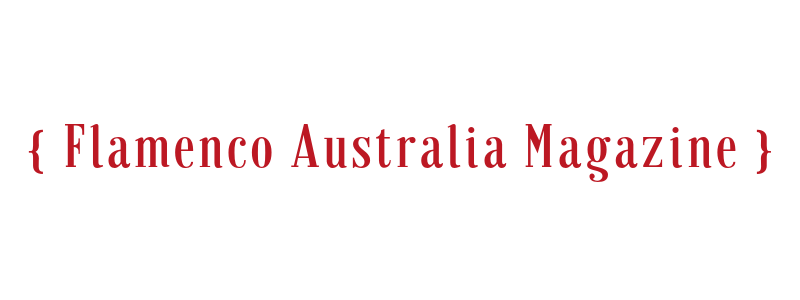Buying your first bata de cola
Flamenco dancing with a bata de cola skirt is an art full of grace, elegance, perfect timing and style. The name of this flamenco skirt or dress roughly translates to ‘tail-gown’, referring to its long train. Dancing with it uses a special technique requiring careful control and a lot of glute and core muscle strength.
It also takes a lot of patience! But learning to dance with the bata de cola can open up a whole new flamenco world. Batas come in many different shapes and styles — as a skirt or full dress; high waisted; and with a varying number of ruffles or frills known as volantes.
Buying a bata is a big investment. In Seville a basic bata will set you back between 450 and 650 AUD. So it’s an important purchase and one that you can get a lot of worth out of if you look after your bata well.
It’s not necessary to have a bata especially tailored if you are able to find an off-the-rack bata that is the right height for you, says Maija Lepistö, Designer at flamenco dress shop Fabrica Flamenca. The seam allowance should allow for some alterations to other measurements such as the width and contour of the skirt.
As for the number of volantes, it’s a matter of personal taste. Lepistö reminds us that a bata with lots of frills can weigh more (read, harder work to move), and if the frills are very big it will be more difficult to control them so that they fall beautifully when dancing.
Lepistö highlights that in a bata, the choice of fabric is critical:
“If the fabric weighs a lot and this isn’t taken into account in cutting the volantes, the train can weigh too much and be difficult to lift. On the other hand, a fabric that is too light will cause problems when it comes to moving the train, especially because you lose precision in the movement and it will be more difficult to control the train.
An elastic material or lycra will make it practically impossible to dance. If the bata is for practice, it’s not so practical to have a fabric that creases easily. For practice batas or high use it also suits to choose a fabric that is easy to clean. Most important is that the bata has double fabric from the top to the end of the train, a strong lining that maintains the form of the skirt during the movement.”
Of course it’s the large amount of material that goes into making a bata that makes it so expensive. So you want to make sure you take good care of it. Cleaning the bata depends on its material. Lepistö says that if it doesn’t have decorations and the fabric is one that is suitable for machine washing, you can wash the bata in the machine at 30 degrees with a short spin cycle and without fabric softeners. Bear in mind that the wash will cause the cancán (the inner frills) to lose strength. Lepistö therefore suggests that if the bata is new, it’s better to just wash the upper part of the bata which is in contact with the body, by hand.
Space and money dictate that it’s difficult to own a range of batas in different designs and colours, so it’s a good idea to choose a plain coloured skirt for your first bata, so that you can style it differently for dancing in both happy and sombre flamenco styles (think Alegrías and Soleá).
Looking for inspiration? There are many great historical references for bata de cola but just to name a couple of current dancers who are known for working with the bata onstage: Luisa Palicio dancing here with bata de cola and mantón (shawl) in Corral de la Moreria and Manuel Liñan dancing in the 2018 Festival de Jerez.
Do you have a favourite bata de cola dancer? And what does your ideal bata look like? Let us know in the comments below!

